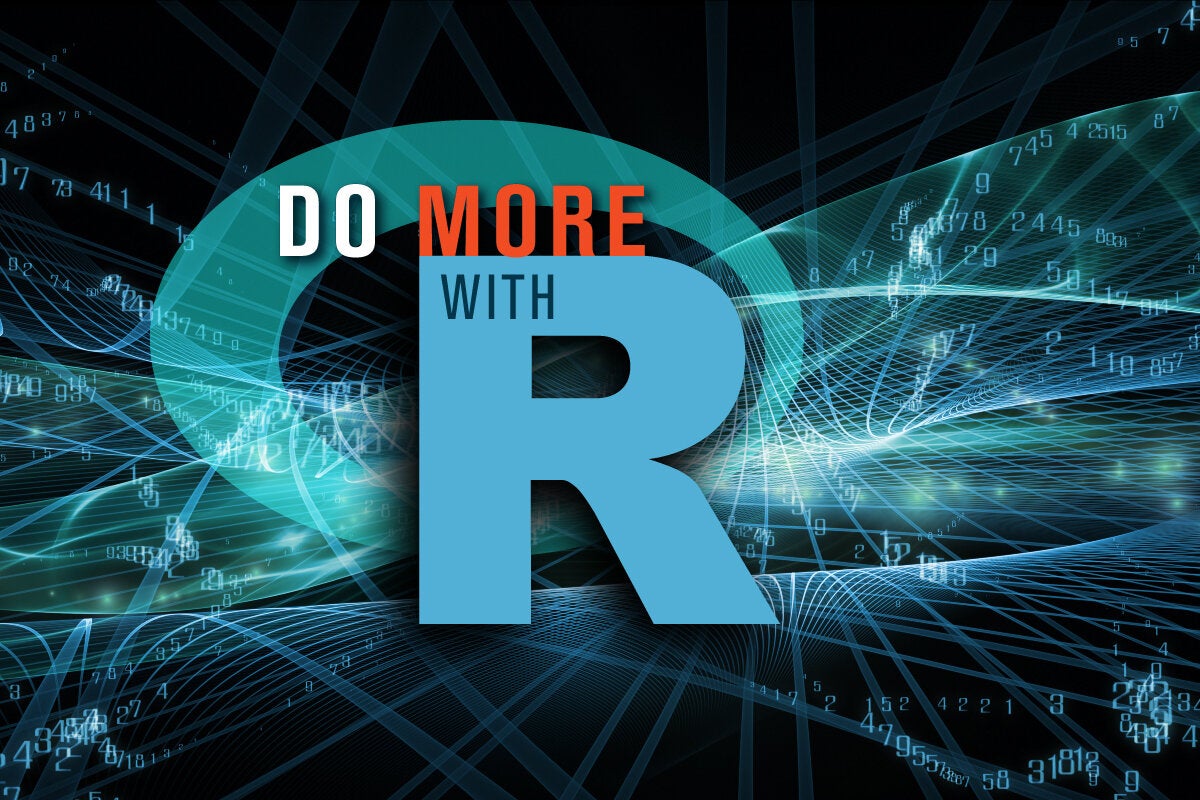Use logging and DI in minimal APIs in ASP.NET Core 6
ASP.NET Core 6 introduces a simplified hosting model that can be used to implement lightweight APIs with minimal dependencies. These minimal APIs dramatically reduce the boilerplate code you need to write to get your ASP.NET Core 6 applications up and running.We discussed how to get started with minimal APIs in an earlier article. In this article we’ll explore more advanced aspects of minimal APIs including implementing logging, reading from the configuration system, and using dependency injection. [ Also on InfoWorld: What is CI/CD? Continuous integration and continuous delivery explained ] To work with the code examples provided in this article, you should have Visual Studio 2022 installed in your system. If you don’t already have a copy, you can download Visual Studio 2022 here.To read this article in full, please click here

ASP.NET Core 6 introduces a simplified hosting model that can be used to implement lightweight APIs with minimal dependencies. These minimal APIs dramatically reduce the boilerplate code you need to write to get your ASP.NET Core 6 applications up and running.
We discussed how to get started with minimal APIs in an earlier article. In this article we’ll explore more advanced aspects of minimal APIs including implementing logging, reading from the configuration system, and using dependency injection.
To work with the code examples provided in this article, you should have Visual Studio 2022 installed in your system. If you don’t already have a copy, you can download Visual Studio 2022 here.





































